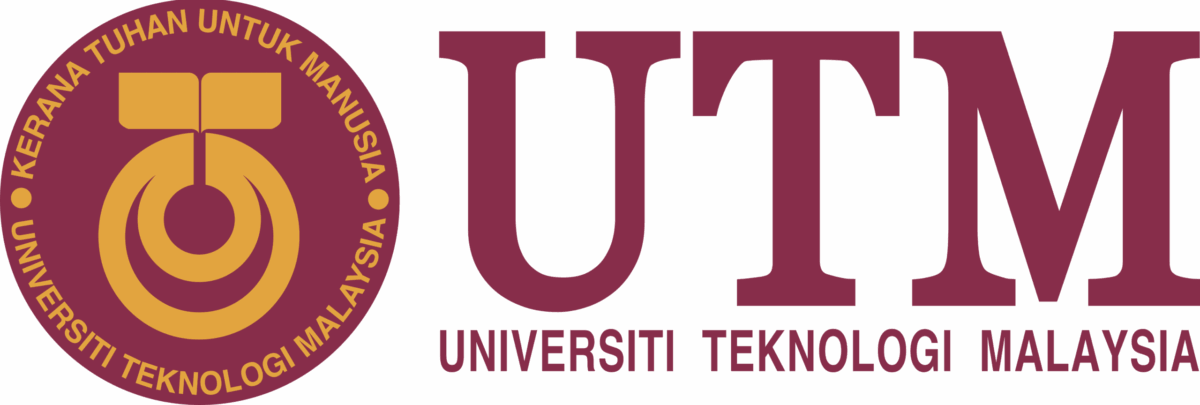By Shahabuddin Amerudin
When deciding how to run large language models (LLMs) locally like DeepSeek R1 70B, LLaMA3 70B, or Qwen2.5 72B, you have three primary options: using Apple Silicon hardware (e.g., Mac Studio), leveraging cloud services like AWS, or building a custom Windows/Linux machine. Each option has its own advantages, trade-offs, and total cost of ownership (TCO). This article analyse the requirements, cost-benefit analysis, and TCO for each approach to help you make an informed decision.

1. Apple Silicon (Mac Studio or Mac Mini)
Requirements:
- Hardware: Mac Studio (M4 Max, 64GB/128GB RAM) or Mac Mini (M4 Pro, 64GB RAM).
- Software: Frameworks like PyTorch, TensorFlow, Hugging Face Transformers, and optimization libraries like llama.cpp or GGML for Apple Silicon.
Pros:
- Ease of Use: macOS is user-friendly and well-integrated with Apple’s hardware.
- Energy Efficiency: Apple Silicon chips are highly power-efficient, reducing electricity costs.
- Unified Memory: Apple’s unified memory architecture allows for efficient data sharing between CPU, GPU, and Neural Engine.
- Portability: Mac Mini and Mac Studio are compact and easy to set up.
Cons:
- Upfront Cost: High initial investment, especially for models with 128GB RAM.
- Limited Upgradability: Apple hardware is not user-upgradable, so future-proofing requires purchasing a new device.
- Software Compatibility: Some LLM frameworks and tools are better optimized for Linux.
TCO (Total Cost of Ownership):
- Upfront Cost: RM 11,591.50 (Mac Studio, 64GB) to RM 14,651.50 (Mac Studio, 128GB).
- Ongoing Costs: Minimal, as Apple Silicon is energy-efficient and requires no additional infrastructure.

2. AWS Cloud
Requirements:
- Instance Type: AWS offers GPU instances like
p4d(NVIDIA A100 GPUs) org5(NVIDIA A10G GPUs) for running LLMs. - Storage: Amazon S3 for storing models and datasets.
- Software: Same frameworks (PyTorch, TensorFlow, Hugging Face) but optimized for cloud environments.
Pros:
- Scalability: Easily scale up or down based on workload.
- No Upfront Cost: Pay-as-you-go pricing model eliminates the need for a large initial investment.
- Access to High-End Hardware: AWS provides access to top-tier GPUs like NVIDIA A100, which are expensive to purchase outright.
- Flexibility: Run multiple models or experiments simultaneously without hardware limitations.
Cons:
- Ongoing Costs: Cloud costs can add up quickly, especially for long-running or high-performance tasks.
- Latency: Depending on your location, there may be latency when interacting with cloud resources.
- Data Transfer Costs: Moving large datasets to and from the cloud can incur additional costs.
- Complexity: Managing cloud resources and optimizing costs requires technical expertise.
TCO (Total Cost of Ownership):
- Upfront Cost: None (pay-as-you-go).
- Ongoing Costs:
- GPU Instances: ~RM 30–50/hour for high-end instances like
p4d. - Storage: ~RM 0.20/GB/month for Amazon S3.
- Data Transfer: ~RM 0.10/GB for data transfer out of AWS.
- GPU Instances: ~RM 30–50/hour for high-end instances like
- Estimated Monthly Cost: RM 5,000–10,000 for continuous usage, depending on instance type and workload.

3. Custom Windows/Linux Machine
Requirements:
- Hardware:
- CPU: AMD Ryzen 9 7950X or Intel Core i9-13900K (16+ cores).
- GPU: NVIDIA RTX 4090 (24GB VRAM) or multiple GPUs for larger models.
- RAM: 128GB DDR5.
- Storage: 2TB NVMe SSD for fast access to models and datasets.
- Software: Linux (Ubuntu) is preferred for LLM work due to better compatibility with ML frameworks.
Pros:
- Customizability: Build a system tailored to your specific needs.
- Upgradability: Easily upgrade components like GPU, RAM, or storage.
- Performance: High-end GPUs like NVIDIA RTX 4090 offer excellent performance for LLM inference and training.
- Cost-Effective for Long-Term Use: Lower TCO compared to cloud for continuous usage.
Cons:
- Upfront Cost: High initial investment for high-end components.
- Complexity: Requires technical expertise to assemble and maintain.
- Power Consumption: High-end GPUs and CPUs consume significant power, increasing electricity costs.
- Space and Noise: Custom builds can be bulky and noisy, especially with multiple GPUs.
TCO (Total Cost of Ownership):
- Upfront Cost: RM 20,000–30,000 for a high-end build (e.g., dual RTX 4090, 128GB RAM).
- Ongoing Costs:
- Electricity: ~RM 200–300/month for power-hungry components.
- Maintenance: Occasional upgrades or replacements.
- Estimated Annual Cost: RM 22,000–35,000 (including upfront cost).
Cost-Benefit Analysis
| Option | Upfront Cost | Ongoing Costs | Scalability | Ease of Use | Performance | TCO (3 Years) |
|---|---|---|---|---|---|---|
| Apple Silicon | RM 11,591–14,651 | Low | Limited | High | High | RM 12,000–15,000 |
| AWS Cloud | None | High | High | Medium | Very High | RM 180,000–360,000 |
| Custom Windows/Linux | RM 20,000–30,000 | Medium | Medium | Low | Very High | RM 25,000–40,000 |

Recommendation and Justification
- Best for Most Users: Apple Silicon (Mac Studio, 64GB/128GB RAM)
- Justification: Apple Silicon offers a balance of performance, ease of use, and energy efficiency. It’s ideal for users who want a hassle-free setup with minimal ongoing costs. The TCO is low, and the hardware is powerful enough for running 70B+ models and handling graphic/video tasks.
- Best for Scalability and Flexibility: AWS Cloud
- Justification: AWS is perfect for users who need access to high-end hardware without upfront costs. It’s ideal for short-term projects or experiments. However, the TCO is high for long-term usage, making it less cost-effective than local hardware.
- Best for Enthusiasts and Long-Term Use: Custom Windows/Linux Machine
- Justification: A custom build is the most cost-effective option for long-term use, especially if you plan to run LLMs continuously. It offers the best performance and upgradability but requires technical expertise and has higher upfront costs.
Conclusion
Each option presents distinct advantages and trade-offs, depending on usage patterns and budget constraints. Apple Silicon (Mac Studio or Mac Mini) is ideal for users who prioritize energy efficiency, ease of use, and a low-maintenance setup, though it comes with a high upfront cost and limited software compatibility. AWS Cloud is best suited for those needing scalable, high-end hardware without the need for upfront investment, though it incurs significant recurring costs. A custom Windows/Linux machine offers maximum performance and upgradability, making it the most cost-effective choice for long-term use, albeit with a high initial investment and greater technical complexity.
For occasional AI workloads, AWS provides flexibility without hardware commitments. For sustained LLM development, a custom-built system is the most economical in the long run. Meanwhile, Apple Silicon is a viable middle-ground for users who want a balance of performance, efficiency, and a user-friendly experience.


